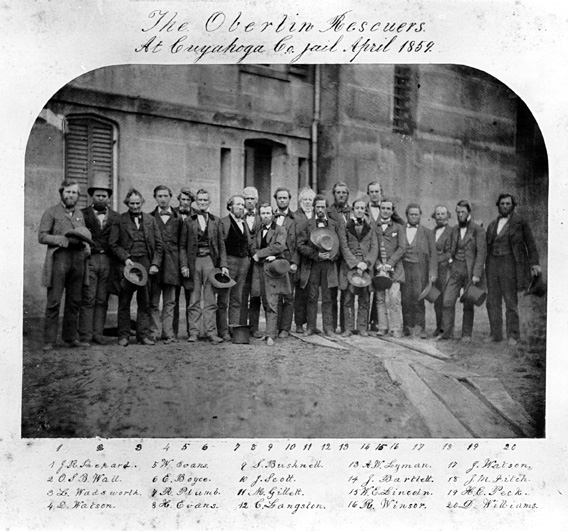|
|
Oberlin: A Stop On the Underground Railroad Welcome to the study of the Underground Railroad as it relates to the novel, The House of Dies Drear by Virginia Hamilton. |
WHY THE HOUSE OF DIES DREAR? Virginia Hamilton was born and raised in Yellow Springs, Ohio. Yellow Springs was a stop along the Undergraound Railroad. It also has a college, Antioch University. The story Ms. Hamilton tells in The House of Dies Drear is based on her real life experience of local history . There are similarities between Yellow Springs history and Oberlin history.
|
Places to Search: Library
of Congress |
Related Topics: Oberlin's
Abolitionists |
